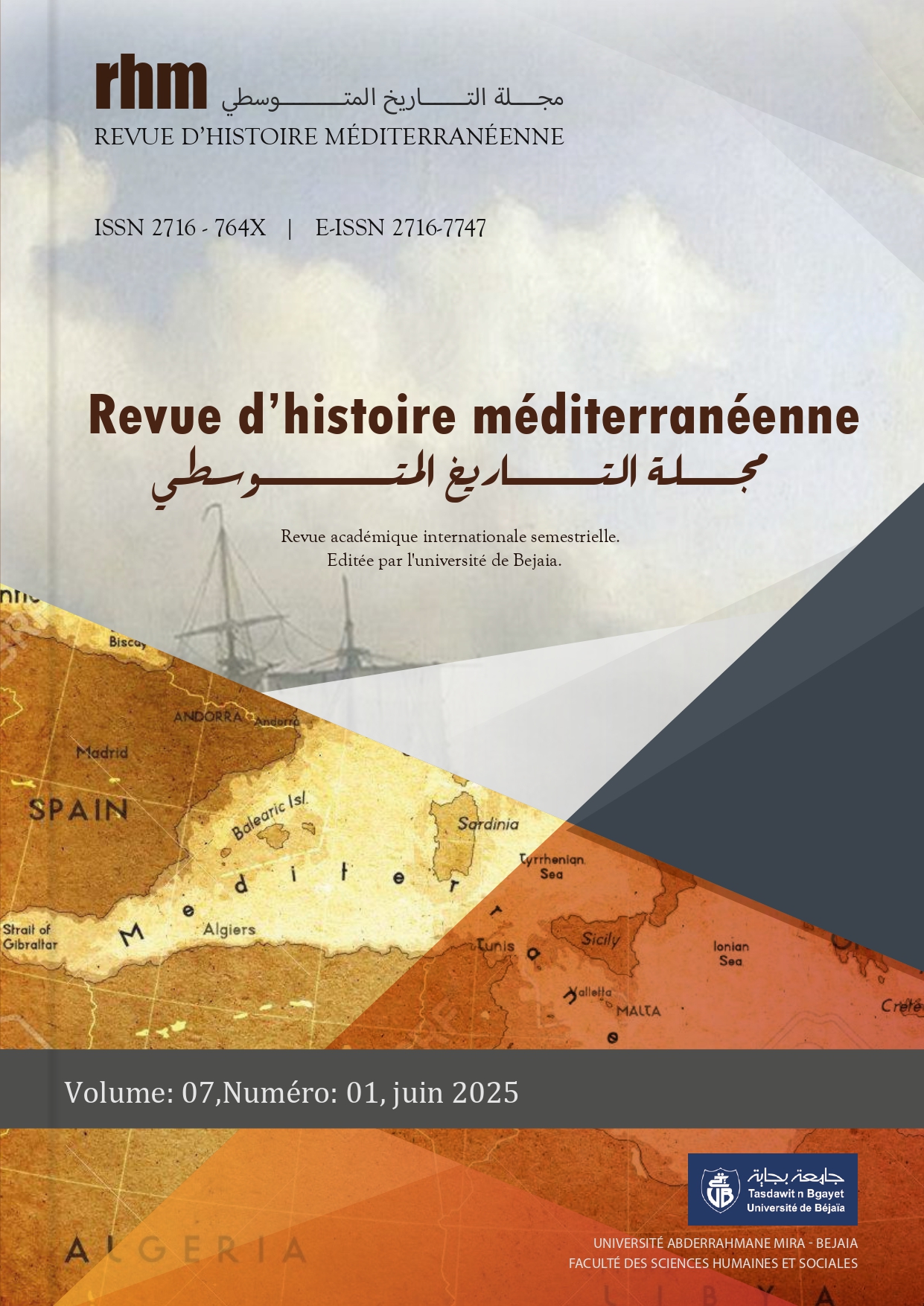Contribution à l’étude des carrières antiques de l’Algérie Etat des connaissances et cas d’étude
A Contribution to the study of ancient quarries in Algeria: Current knowledge and case studies
Abstract
Algeria, rich in ancient monuments, is home to numerous remnants of stone quarries that were exploited by builders of the time for architectural purposes, ornamental, funerary or liturgical furnishings, sculpture, and various elements used in daily life, such as in olive cultivation or viticulture. However, research on this topic in Algeria remains regrettably incomplete
In this contribution, we aim to address a central question: how can Algeria’s ancient quarries be identified, and what essential role did they play in architecture, stone craftsmanship, and the economy? We also seek to understand how these quarries were exploited and their impact on construction techniques and the socioeconomic life of the time.
The purpose of this research is to present the current state of knowledge on the subject, to identify ancient Algerian quarries, and to analyze extraction techniques and the tools used. From an anthropological perspective, the study explores the social organization and status of those involved in the production hierarchy, starting from the stone extraction process. Economically, this research highlights the existence of a flourishing network for the trade of construction materials across the Mediterranean basin—especially Algerian marble, which was used both structurally and ornamentally in renowned Mediterranean cities.
At the same time, we must acknowledge the deterioration and even disappearance of many ancient quarries due to both climatic conditions and human activity. Therefore, beyond its scientific and historical value, this heritage must be documented and preserved, as it remains both undervalued and endangered.
To achieve these objectives, we have adopted a methodology based on the study of historical and archaeological data related to quarry sites and their operation, as well as the analysis of anthropological implications through the traces left by quarrying activities. The research focuses in particular on the quarry of Thubunae (Tobna), which played a key role in the urban development of the region by supplying construction materials to nearby towns and villages. Archaeological artifacts from sites such as Cuicul (Djemila) are also examined to illustrate the quarrying techniques used.
This research contributes to the documentation of Algeria’s ancient quarries, which had a significant impact on the development of Mediterranean cities. It reveals that the geological wealth of Algerian soil not only fostered human settlement and urban prosperity, but also made quarries pillars of economic, artistic, and technical exchange.










